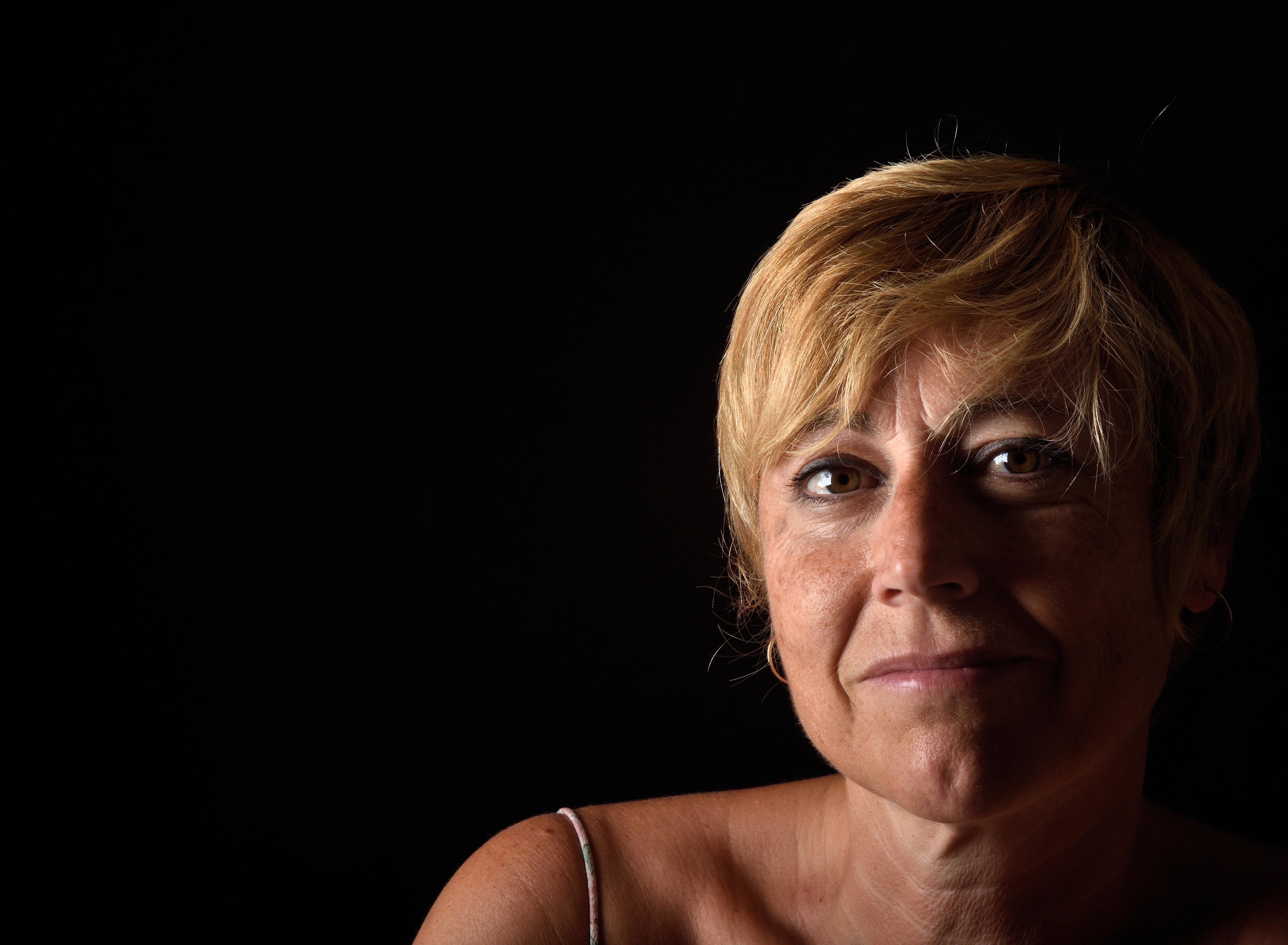Sunspots & Pigmentation

Discoloration on your mind?
Over time, normal daily exposure to the sun starts showing up on our skin as discoloration.
This process can start as early as our 20s but really starts to accumulate after age 40. Discoloration can affect any part of the body, but especially affects the face, hands, chest— any place that has prolonged sun exposure.These discolorations are sometimes called 'sunspots'. Sunspots are the result of too much melanin in our skin and can look similar to freckles, but tend to be brown or yellow and more well defined. The problem with sunspots is that they only keep accumulating as we age and continue to get sun exposure.
While they are usually not harmful, they do make us look unnecessarily older then we are. More importantly, they tell us that your skin has gotten too much UV light exposure which has led to skin damage. When we see them, its a red flag that we need to be more careful in evaluating the skin for more serious effects of UV skin damage, such as skin cancer.
What can I do about sunspots and skin discoloration?
Treatment is multi-part but prevention with good sun protection is the mainstay. We will guide you on the best ways to protect your skin and what products to use depending on your skin type, to help prevent
these spots from forming in the first place. If you already have these discolorations, they can be directly removed with a combination of brightening topicals and chemical peels. In more severe case, freezing and cautery can also be used to remove these areas.
Remember, sunspots are a clue that your skin has significant amounts of UV light associated damage and a complete skin check is often needed to look for any serious process such as skin cancer.
Annual Skin Checks
OUR
signature
SKIN CHECK Between harmful UV radiation, pollution and toxins, your skin is bombarded with attacks every single day.
Annual skin checks are an essential part of maintaining good skin health.
Annual skin checks are an essential part of maintaining good skin health.
